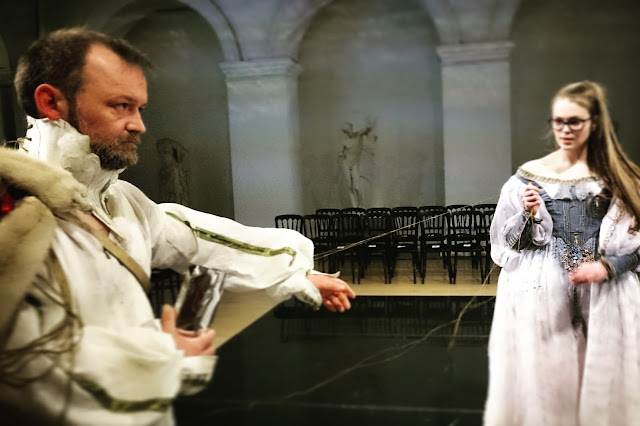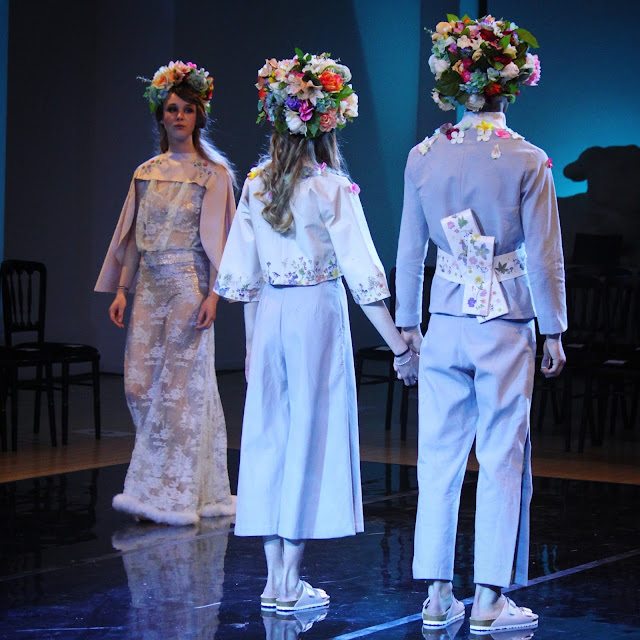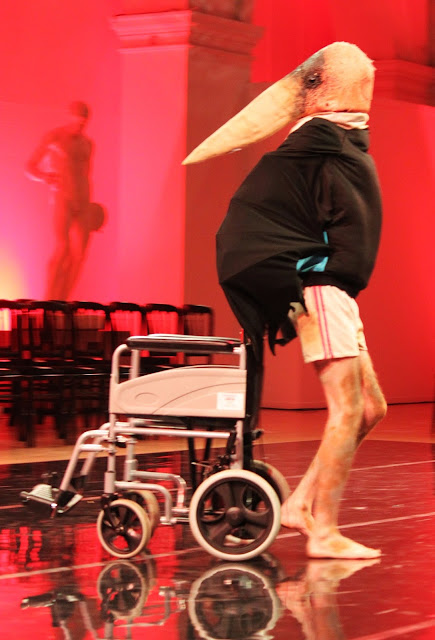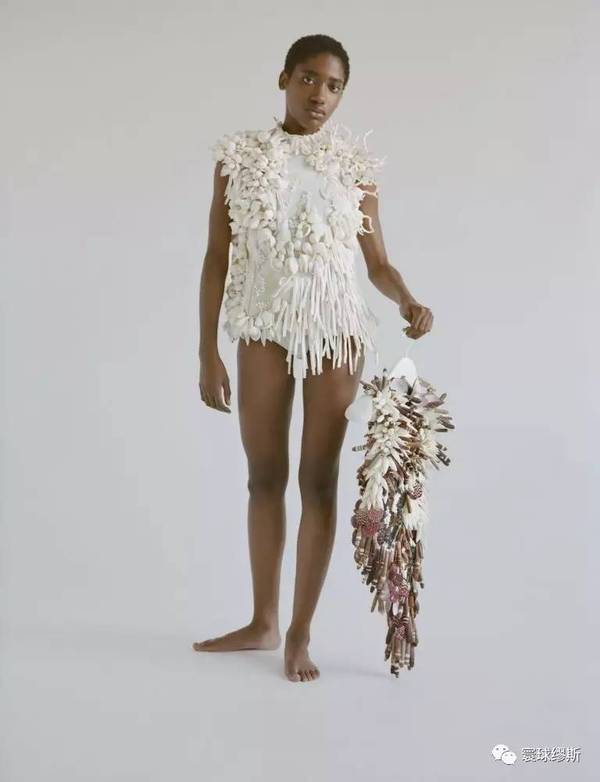‘Machlag’"Machlag means womb in Scottish Gaelic. A word of intrigue within my practice. Life, as represented by nature, is a constant, self-repeating cycle. Through birth [maiden], life [mother] and death [crone] a woman comes to understand her place within the world. From personal aspects of my own life I am able to interpret this cycle into three different but concurrent stages - Loss, acceptance and rebirth. My work is based on this cycle. As a woman I feel through loss, my connection to nature is omnipresent. I am able to learn and accept its process, through personal exposure to the natural world. This body of work conveys collations of family narratives, repetition and a poetic dialogue between multiple generations.
I have chosen, predominantly, to use [sheep] wool as it is bio-regional to Scotland, ecologically sustainable, generally underused and in absolute abundance, coming from my families farm on the West Coast of Scotland. Wool represents protection, warmth, versatility and life. It is a beautiful natural fibre, which can be used to create a vast array of commodities. It is symbolic of meaning and true to its origins of nomadic culture. Using wool to create a material such as felt dismisses the traditional role of the artist as painter or sculptor. Felt being traditionally a ‘female’ material allows one to recognise a medium which suitably reflects my situation and its relation to the body; it is vulnerable and fragile. It has an earthy heaviness and an ethereal lightness of which allows for poetic and playful concepts behind the use of the material. With its anatomical associations, it is skin like; in the way, it takes form, with gravity, stress, balance and kinaesthetic sense.
The concept behind creating large spherical felt sculptures is that these forms are translated into something that is also female; the womb. Felt is compared to that of a womb because of its ability to absorb, to insulate, to protect and to mute. It is a symbol of life and it is literally a living piece of nature. These, then womb like sculptures are translated back to a woman’s innate connection with the earth and using a material which ‘she’ continues to provide. These sculptures symbolise a progressive tide of memories and emotions, built up over the space of life, maiden/mother/crone; a space in which one can be reborn. The outside world is muffled by the thick dark walls of the womb, reminiscent of being underwater. Silence. Embodying a narrative journey of loss, abandonment and the continuous search for a space that is sacred, safe, the mother/the father, her, woman, she, our innate [human] desire and need for protection. This narrative is then recorded through, a poetic dialogue between the artist, landscape, performance and practice of the wild, [soft] sculpture, photography, sonic art and a collation of artists books and limited editions." Katie Harris-MacLeod
For me Katies work recalled Iranian shepherds from the 1950's who wore amazing felted fleece capes (see below).
As well as the work of the incredible Magdalena Abakanowicz, who I have just found out sadly died on the 20th of April this year (examples of her work below).














































